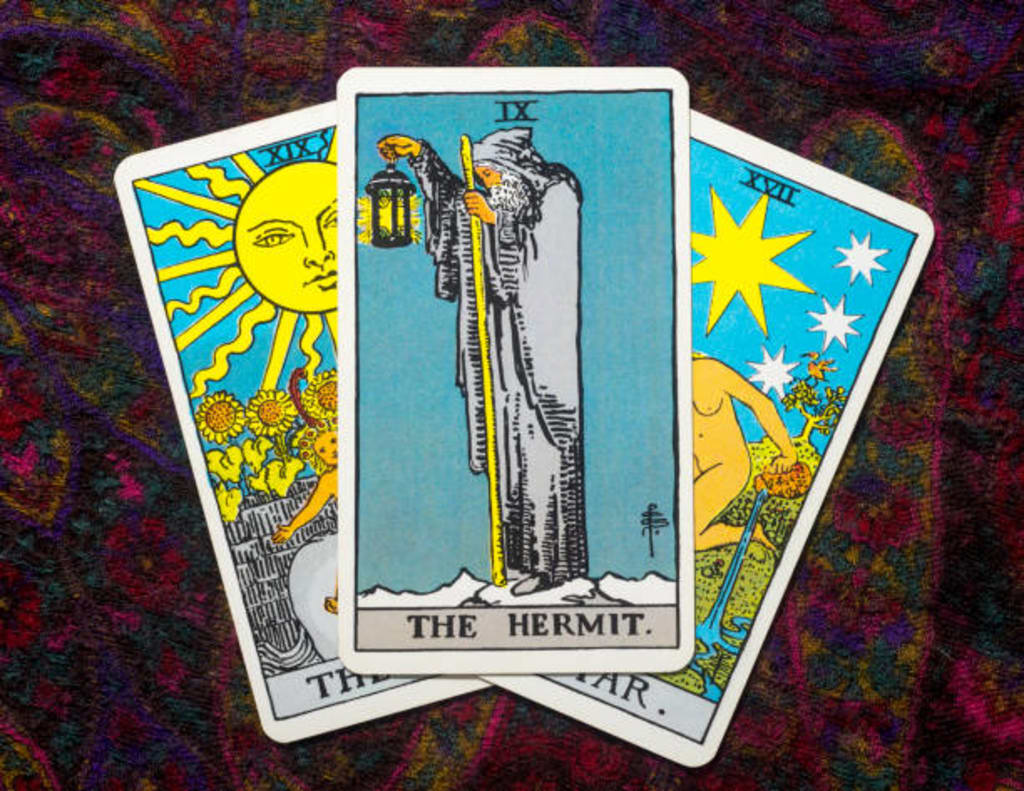
Tarot is a cartomancy system. Simply put, the Tarot is a deck of cards used for divination. Not all divination systems are Tarot. It is a set system with specific parameters. If a divination deck does not adhere to the parameters of Tarot, it is either some other set system, like Lenormand, or it is a stand-alone oracle deck.
A Little History
Tarot did not start off as a form of divination. Instead, it was a game. Originally, there were only what we call the minor arcana, the cards with suits. The major arcana were added to the cards to add an extra challenge to the game. Wealthy French and Italian families commissioned artists to design their own personal decks in the 1400s. They were used as divination tools starting in the 1590s to the 1600s. These first divination decks were in the style of the Tarot de Marseille, which is still a meaningful school of Tarot.
Structure
As mentioned above, the Tarot has two parts. These are the major arcana and minor arcana. As an aside, the word “arcana” means secrets or what is hidden. As a reader interprets the cards, meaning is found in what is hidden.
Minor Arcana
The minor arcana is made up of four suits, just like our modern playing card deck. This is no coincidence because these cards began as the same playing card deck. Suits are traditionally swords (spades), wands (clubs), cups (hearts), and pentacles (diamonds). These consist of an ace as one and two through ten with four court cards. The Tarot courts are Page, Knight, Queen, and King. At some point, our modern playing cards merged the page and knight into the jack. This section of the Tarot focuses on the everyday areas of life.
Major Arcana
The major arcana is made up of twenty-two cards. These are numbered zero to twenty-one. All Tarot decks have the same cards, however, some creators have opted to rename or revision some of these. Such is the evolution of the Tarot. This part of the deck shows us the larger influences from spirit. Below is a chart of the major arcana.

Schools or Traditions of Tarot
There are four well-recognized schools of Tarot. There are contemporary decks based on all of these. The oldest is the Tarot de Marseille, followed by the Continental, in which the first real mysticism was established for Tarot. The last two are contemporary schools of Tarot and developed within forty years of each other. These are the Rider Waite Smith (RWS) as envisioned by Arthur E. Waite and the Thoth as envisioned by occultist Aleister Crowley. By and large, the RWS is the most commonly used system.
Tarot de Marseille
This is the original form of the Tarot. The major cards are fully illustrated. In the table above, major or Trump 8 is shown as Justice in its original placement. This is its place in the Tarot de Marseille. The minor arcana is not illustrated with scenes, but with the suit representations. Therefore, the two of cups would show two cups. This style is also called nonilluminated, or currently, a pip-style deck. Interpretation of these cards depends upon numerology and the domain (area of life) the card belongs to.
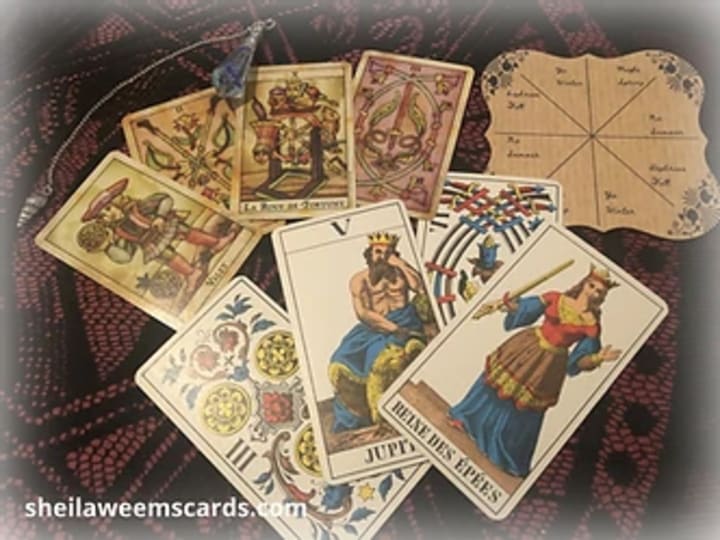
Continental
The Continental school of Tarot originated with Antoine Court de Gebelin. His work on Tarot spun a tale of secret spiritual connections to the deck. De Gebelin claimed the Tarot was a compact form of the sum of knowledge from the libraries of Ancient Egypt. This secret knowledge was gaurded by the nomadic Roma people, also called Gypsies because of their alleged connection to Egypt. Unfortunately, there is no evidence for any of de Gebelin’s claims. This school of Tarot follows the structure of the Tarot de Marseille but also contains a number of mystical symbols which Jean-Baptiste Alliette, a French occultist, connected to the Kabbalah, a Hebrew school of mysticism. The minor arcana are nonilluminated.
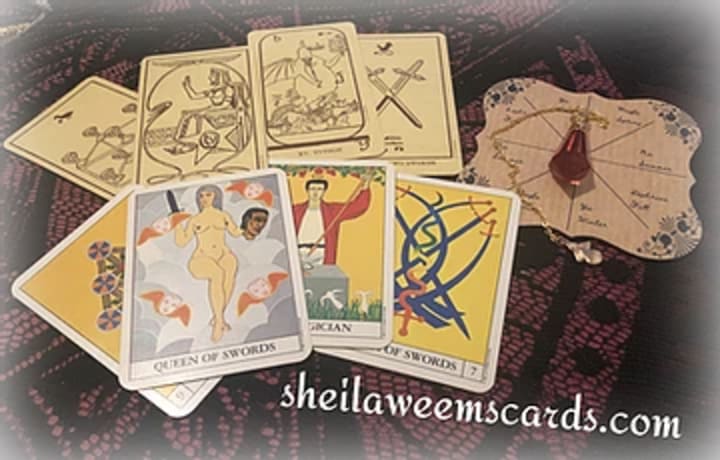
Rider Waite Smith
Arther E. Waite designed the deck that is now identified as the Rider Waite Smith Tarot. As a member of the Hermetic Order of the Golden Dawn, Waite applied the mystical symbols of the order to his design. The RWS school of Tarot exchanges the order of major arcana Justice and Strength and is the first deck to illustrate the minor arcana with scenes. Waite also subscribed to Christian beliefs and included Christian symbolism in the plans for this deck. Waite hired a fellow member of the Golden Dawn, Pamela Colman Smith, to illustrate his deck. Her art is now the most recognized Tarot art in the world. As to “Rider” in the name, this was the name of the original publisher, William Rider & Son who published the first of a series of RWS decks in 1909.
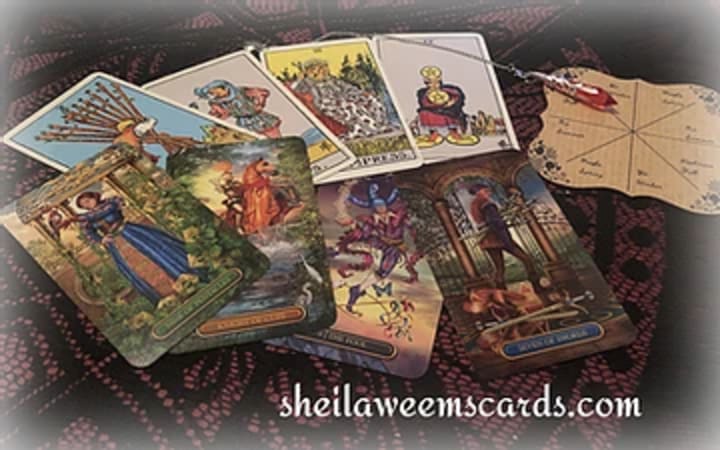
Thoth
The Thoth school of Tarot originated with Aleister Crowley. Like Waite, Crowley was a member of the Golden Dawn. Unlike Waite, Crowley did not subscribe to the Christian religion. Crowley designed his deck to embody Kabbalah, astrology, magic, and science. He saw these as the whole of creation and envisioned his work as truly reflecting “As above, As Below;” all things are an entwining of the universe. Lady Frieda Harris was hired to paint the artwork in 1938, although the deck was not published until 1969. Crowley kept the order of the major arcana but renamed some of the cards. Additionally, his system renames and somewhat revisions the court cards. Below are charts to show the renaming of these cards. Minor arcana cards are illuminated, as in the RWS.
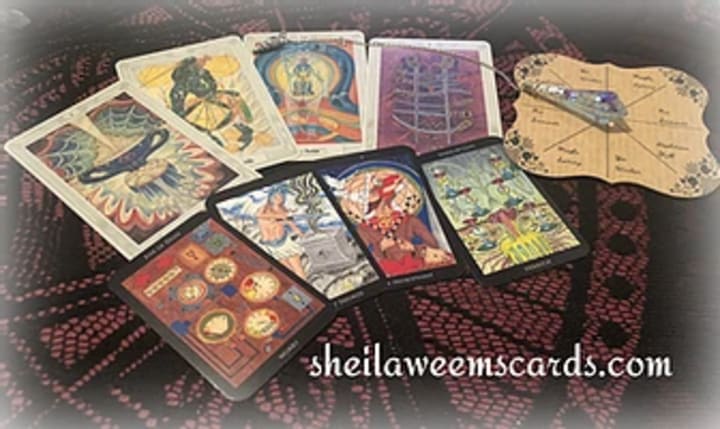
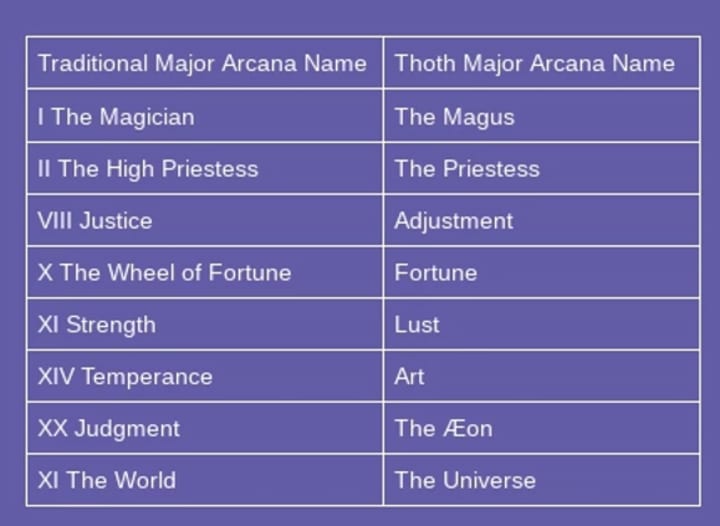
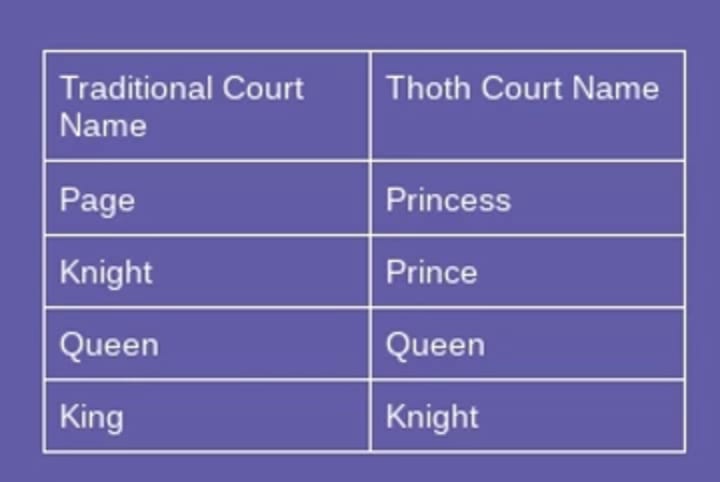
I hope you have found this short walkthrough on Tarot informative. Watch my blog for other posts on various divination topics. Occasionally, you may find tutorials on reading cards.
About the Creator
Enjoyed the story? Support the Creator.
Subscribe for free to receive all their stories in your feed. You could also pledge your support or give them a one-off tip, letting them know you appreciate their work.






Comments
There are no comments for this story
Be the first to respond and start the conversation.